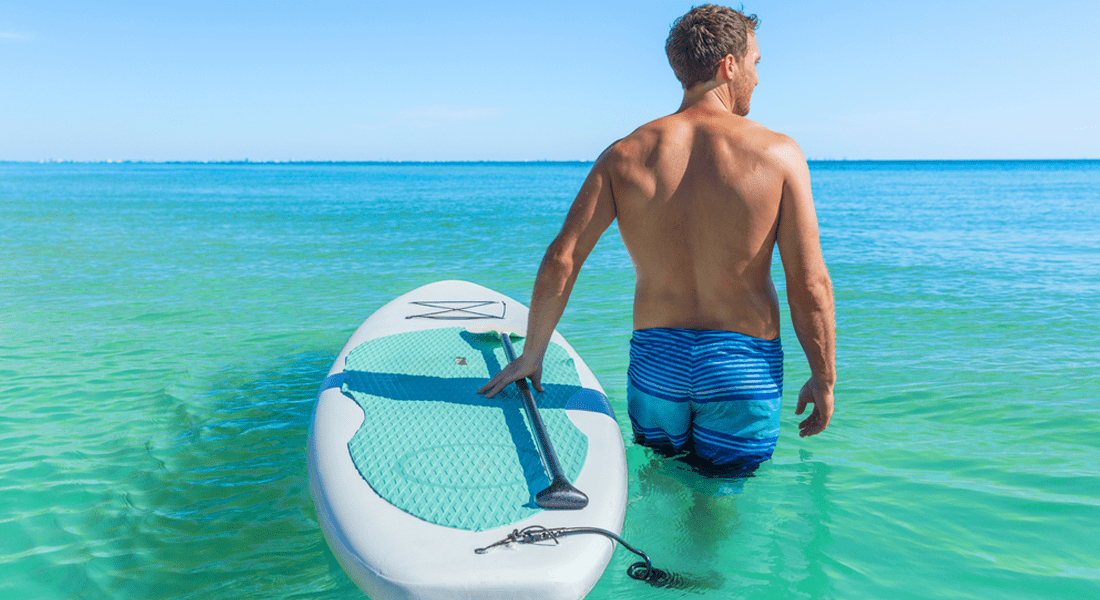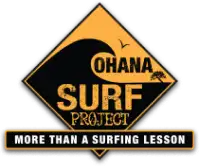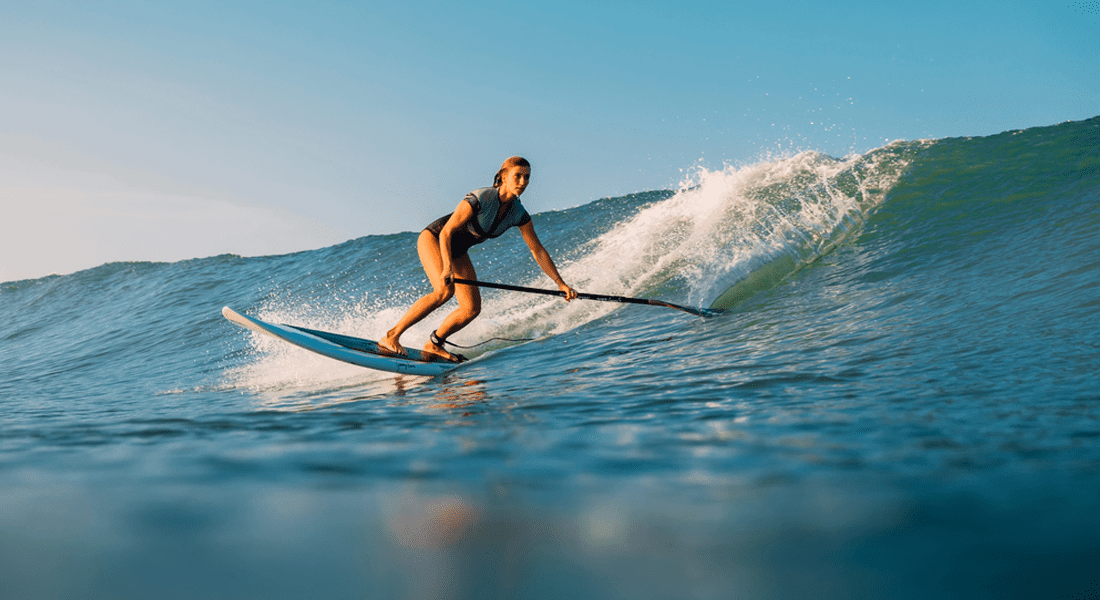
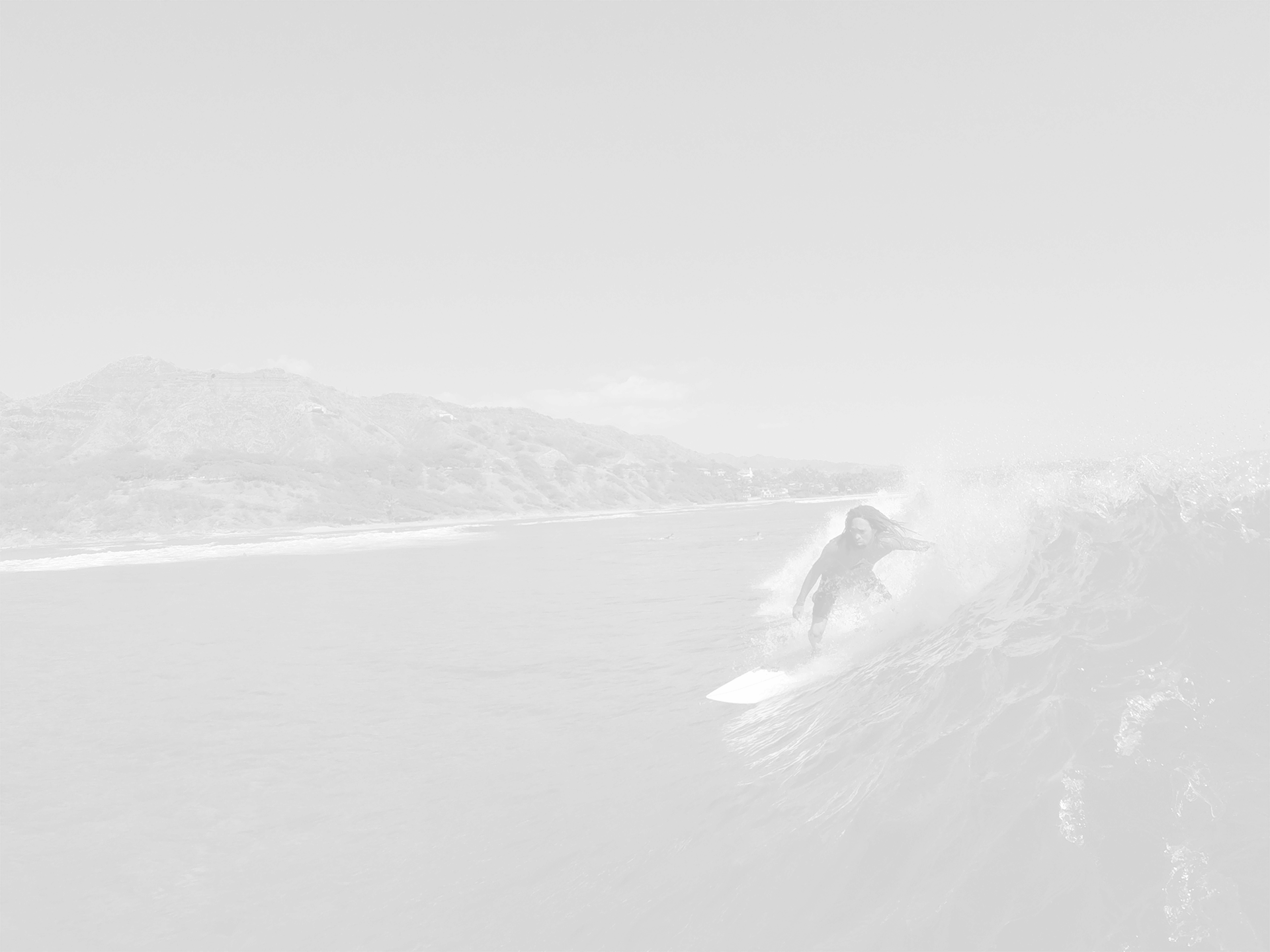


What Surfers Should Know About Priority And Wave Rights?
When we talk about surfing etiquette, the subject of priority often comes up first. Knowing how to attach a surf priority to your surfing experience is about more than skill. It is about respect, awareness, and building trust in the water.
Surfing is unique because waves are limited, and without shared rules, chaos would quickly take over. Priority creates balance. It helps surfers understand who should take a wave, who should wait, and how to keep sessions safe and enjoyable.
Wave rights are not enforced by a lifeguard or referee in free surfing sessions. Instead, they are upheld by every surfer in the water who chooses to follow the system.
Why Priority Matters in Surfing
Priority organizes the lineup and keeps sessions flowing. Without it, beginners and experienced surfers alike would encounter tension in the water. Waves would become points of conflict rather than shared opportunities, leading to frustration, accidents, and disputes.
Understanding how to attach a surf priority brings structure and confidence. Knowing which wave belongs to you allows full commitment without hesitation, while stepping back when another surfer has priority cultivates mutual respect and reduces danger.
Wave rights also protect performance. Surfers in the correct position can ride waves to their fullest potential, while others yield space. This balance prevents collisions, lowers intimidation for newcomers, and allows everyone to catch more waves over time.
Safety is a major reason why priority matters. Dropping in on someone else risks injury and disrupts their ride. Boards are heavy, waves move quickly, and a single mistake can have serious consequences. Respecting priority keeps all surfers safer and allows everyone to focus, relax, and enjoy the ocean more fully.
Following these rhythms creates an atmosphere of shared stoke. Lineups shift from competition to connection. Surfers who honor wave rights make the ocean friendlier, turning individual rides into a collective experience of joy.
Everyday Priority in the Lineup
In free surfing, the golden rule is clear. The surfer closest to the peak has the right to ride. That position offers the steepest and most powerful part of the wave. When two surfers paddle for the same wave, the one nearest to the breaking section holds priority.
Positioning also matters while waiting outside. Surfers farther from the shore and deeper in the lineup may hold priority over those closer to the inside. This maintains the natural flow of waves and rewards awareness and patience.
Respect in the lineup includes avoiding shortcuts. Snaking, or paddling around a surfer already in position, damages trust in the water. Surfers who respect the system wait their turn and strengthen bonds within the community.
Sharing Waves and Building Respect
Not every session is about catching as many waves as possible. Sometimes, respect means letting another surfer take a ride. If you are already catching plenty of waves, giving space to others demonstrates generosity. Sharing allows everyone to improve while maintaining camaraderie.
Accidents can still happen. Dropping in on someone by mistake requires pulling back or offering a quick apology. Surfing relies on trust, and small acts of courtesy turn potential conflicts into moments of connection.
Learn More About Us

Special Situations: A-Frame Waves
Not every wave breaks in the same way. A-frame waves split and break both left and right, creating space for two surfers at once. In these cases, each surfer rides in the opposite direction: the surfer on the left goes left, and the surfer on the right goes right.
This scenario is one of the few instances where more than one surfer can ride the same wave without violating etiquette. Clear communication in the lineup remains crucial. Without it, collisions can still occur, even on seemingly open waves.
Priority in Competitive Surfing
Competition formalizes priority to remove confusion and clarify wave rights. Surfers follow an assigned queue, and once a wave is ridden, that surfer moves to the back of the order while the next surfer steps up with first priority.
Breaking these rules carries penalties. Interference can cost a surfer their second scoring wave, leaving only one ride counted. For many athletes, that can decide the outcome of a heat.
Competition rules also allow two surfers on the same wave if they ride in opposite directions, mirroring the A-frame exception in free surfing. The difference is that judges actively monitor interference. Even minor disruptions can impact heat results.
Mistakes and Learning Moments
Priority can feel intimidating for new surfers. The lineup may seem strict, but the system is designed for fairness. Mistakes are part of learning.
Recognizing when you do not have priority and yielding demonstrates awareness. A quick apology after an accidental drop-in shows respect.
Over time, these rules become second nature. Understanding priority involves reading the waves, observing other surfers, and choosing the right moment to act. Mastering this skill elevates the entire surfing experience.
Balancing Confidence and Respect
Priority should build confidence, not discourage surfers. Being assertive does not mean being aggressive. It involves knowing when the wave is yours and committing fully.
Humility also has a role in surfing. Yielding when you do not have priority is not a weakness. It demonstrates respect, strengthens the community in the water, and opens the way to better surfing experiences for everyone.
Creating a Positive Surf Culture
Surfing culture thrives when surfers uphold etiquette. Priority and wave rights influence every session. They are more than technical rules; they are an unspoken agreement that keeps surfing safe and rewarding.
New surfers who learn these guidelines integrate into the lineup smoothly. Experienced surfers who model them set the tone for the break. This cycle of respect preserves the stoke for future generations.
Riding Waves the Right Way
Ohana Surf Project believes surfing is about more than riding waves. It is about connection – connection with the ocean, the lineup, and yourself. Priority and wave rights are central to that experience.
We offer surfing lessons and board rentals to help surfers of all levels get started safely and confidently. Learning how to read the lineup, respect other surfers, and take your turn allows you to experience surfing at its best.
When you understand how to read the lineup, respect other surfers, and take your turn, you experience surfing at its best. If you are ready to deepen your surfing journey, we welcome you to paddle out with us. Together, we can turn etiquette into instinct and transform every ride into a moment of joy.
Reach out to our team today to learn more.
OTHER OSP BLOGS

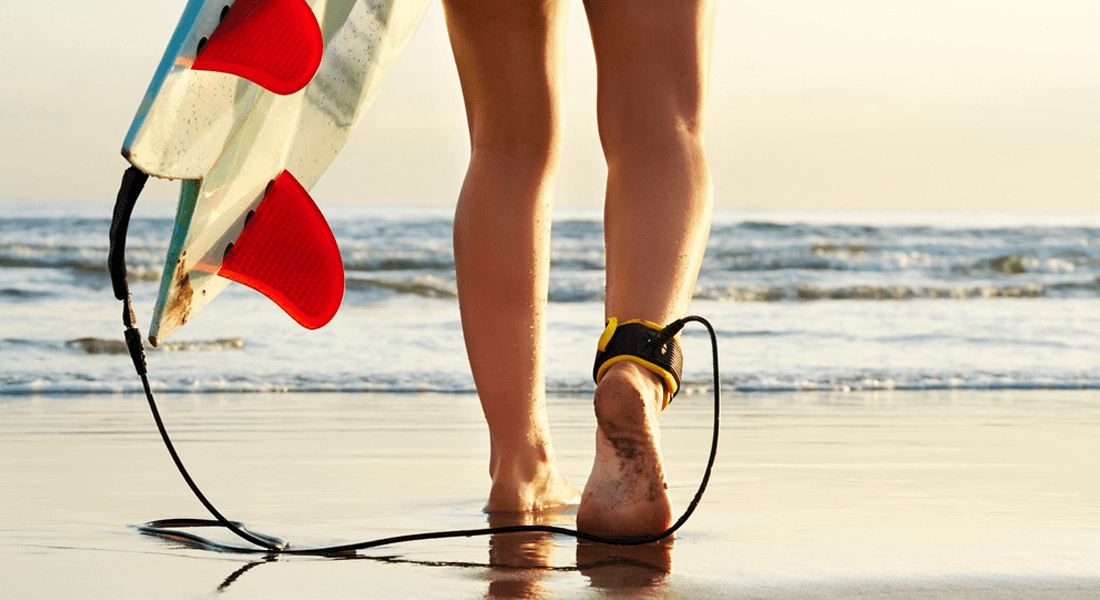
What Size Surfboard Leash Should You Use?
Choosing the right surfboard leash size goes beyond convenience. It affects safety, comfort, and performance in the water. Surfers of all levels rely on their leash to keep the board[...]